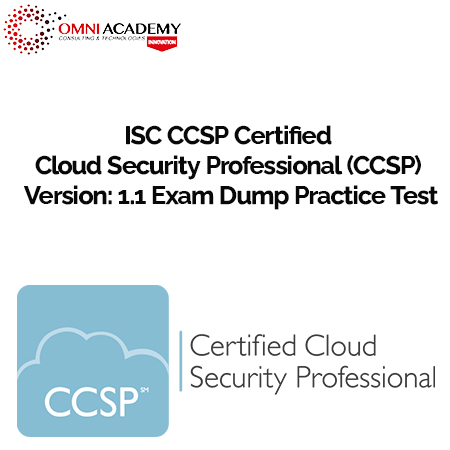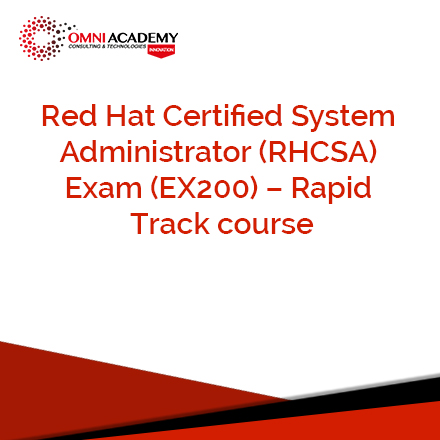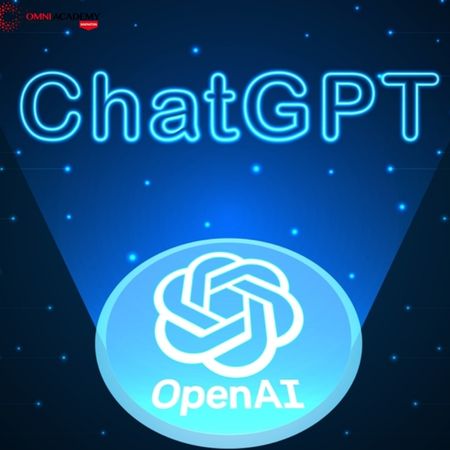Linux CentOS Administration
The course of training is designed to provide students with the most important and frequently performed administrative operations for a CentOS system. The workshop will have students performing operations and executing commands on the system throughout the course. Students will have the option of typing entire commands or cutting and pasting completed commands from the course materials if they would have difficulty tying in entire commands.
Course Outline
Installing the System
- Obtaining the CentOS Installation Media
- Installing CentOS
- Partitioning a Disk for System Installation
- The Physical Installation
- Final Configuration Steps
- Installing Updates
A Guided Tour of the GNOME 3 Desktop
- Installing the GNOME Desktop
- An Overview of the GNOME 3 Desktop
- Launching Activities
- Managing Windows
- Using Workspaces
- Calendar and Notifications
- Desktop Settings
- An Overview of the Cockpit Web Interface
An Overview of Cockpit
- Installing and Enabling Cockpit
- Accessing Cockpit
- System, Logs, Storage, Networking, Virtual Machines, Accounts
- Services, Applications, Diagnostic Reports, Kernel Dump
- SELinux, Software Updates, Subscriptions, Terminal
- Connecting to Multiple Servers
- Enabling Persistent Metrics
Using the Bash Shell
- What is a Shell?
- Gaining Access to the Shell
- Entering Commands at the Prompt
- Getting Information about a Command
- Bash Command-line Editing
- Working with the Shell History
- Filename Shorthand
- Filename and Path Completion
- Input and Output Redirection
- Working with Pipes in the Bash Shell
- Configuring Aliases
- Environment Variables
- Writing Shell Scripts
Managing Users and Groups
- User Management from the Command-line
- User Management with Cockpit
Adding a New Disk Drive to a System
- Mounted File Systems or Logical Volumes
- Finding the New Hard Drive
- Creating Linux Partitions
- Creating a File System on a Disk Partition
- An Overview of Journaled File Systems
- Mounting a File System
- Configuring to Automatically Mount a File System
- Adding a Disk Using Cockpit
Understanding Software Installation and Management Repositories
- The BaseOS Repository
- The AppStream Repository
Configuring systemd Units
- Understanding systemd Targets
- Understanding systemd Services
- systemd Target Descriptions
- Identifying and Configuring the Default Target
- Understanding systemd Units and Unit Types
- Dynamically Changing the Current Target
- Enabling, Disabling and Masking systemd Units
- Working with systemd Units in Cockpit
Network Management
- An Introduction to NetworkManager
- Installing and Enabling NetworkManager
- Basic nmcli Commands
- Working with Connection Profiles
- Interactive Editing
- Configuring NetworkManager Permissions
Basic Firewall Configuration with firewalld
- An Introduction to firewalld
- Zones
- Interfaces
- Services
- Ports
- Checking firewalld Status
- Configuring Firewall Rules with firewall-cmd
- Identifying and Changing the Default Zone
- Displaying Zone Information
- Adding and Removing Zone Services
- Working with Port-based Rules
- Creating a New Zone
- Changing Zone/Interface Assignments
- Masquerading
- Adding ICMP Rules
- Implementing Port Forwarding
- Managing firewalld from the Cockpit Interface
- Managing firewalld using firewall-config
Configuring SSH Key-based Authentication
- An Overview of Secure Shell (SSH)
- SSH Key-based Authentication
- Setting Up Key-based Authentication
- SSH Key-based Authentication from Linux and macOS Clients
- Managing Multiple Keys
- SSH Key-based Authentication from Windows 10 Clients
- SSH Key-based Authentication using PuTTY
- Generating a Private Key with PuTTYgen
- Installing the Public Key for a Google Cloud Instance
Remote Desktop Access with VNC
- Secure and Insecure Remote Desktop Access
- Installing the GNOME Desktop Environment
- Installing VNC
- Configuring the VNC Service using the Configurator
- How the VNC Configurator Script Works
- Connecting to a VNC Server
- Establishing a Secure Remote Desktop Session
- Establishing a Secure Tunnel on Windows using PuTTY
- Shutting Down a Desktop Session
- Troubleshooting a VNC Connection
Using NFS to Share Files with Remote Systems
- Ensuring NFS Services are running
- Configuring the Firewall to Allow NFS Traffic
- Specifying the Folders to be Shared
- Accessing Shared Folders
- Mounting an NFS Filesystem on System Startup
- Unmounting an NFS Mount Point
- Accessing NFS Filesystems in Cockpit
Sharing Files with a Windows Systems using Samba
- Samba and Samba Client
- Installing a Samba System
- Configuring the Firewall to Enable Samba
- Configuring the smbconf File
- Configuring the [global] Section
- Configuring a Shared Resource
- Removing Unnecessary Shares
- Configuring SELinux for Samba
- Creating a Samba User
- Testing the smbconf File
- Starting the Samba and NetBIOS Name Services
- Accessing Samba Shares
- Accessing Windows Shares
Setting Up a Web Server
- Requirements for Configuring a Web Server
- Installing the Apache Web Server Packages
- Configuring the Firewall
- Port Forwarding
- Starting the Apache Web Server
- Testing the Web Server
- Configuring the Apache Web Server for Your Domain
- The Basics of a Secure Web Site
- Configuring Apache for HTTPS
- Obtaining an SSL Certificate
Adding a New Disk to a Volume Group and Logical Volume
- An Overview of Logical Volume Management (LVM)
- Volume Group (VG)
- Physical Volume (PV)
- Logical Volume (LV)
- Physical Extent (PE)
- Logical Extent (LE)
- Getting Information about Logical Volumes
- Adding Additional Space to a Volume Group from the Command-Line
- Adding Additional Space to a Volume Group using Cockpit
Adding and Managing Swap Space
- What is Swap Space?
- Recommended Swap Space for RHEL
- Identifying Current Swap Space Usage
- Adding a Swap File to a System
- Adding Swap as a Partition
- Adding Space to a LVM Swap Volume
- Adding Swap Space to the Volume Group
- Installing KVM Virtualization on RHEL 8
- An Overview of KVM
- KVM Hardware Requirements
- Preparing RHEL 8 for KVM Virtualization
- Verifying the KVM Installation
Creating KVM Virtual Machines using Cockpit
- Installing the Cockpit Virtual Machines Module
- Creating a Virtual Machine in Cockpit
- Starting the Installation
- Working with Containers on RHEL 8
- Installing the Container Tools
- Container Catalogs, Repositories and Registries
- Logging in to the Red Hat Container Registry
- Pulling a Container Image
- Running the Image in a Container
- Managing a Container
- Saving a Container to an Image
- Removing an Image from Local Storage
- Removing Containers
- Building a Container with Buildah
- Building a Container from Scratch
Audience Profile
This course is intended for IT professionals who do not have experience working with Centos 8, and who are looking for a single three day course that covers the basic administrative operations of the Centos Linux system.
Prerequisites
Previous experience with computer systems which may include the administration of a Windows system.
Job Interview Questions
- Linux Job Interview
- Tough Open-Ended Job Interview Questions
- Job Interview Question- What are You Passionate About?
- How to Prepare for a Job Promotion Interview
- Data Sciences Job Interview Must Know Questions
International student Fee 500 USD
Job Interview Preparation (Soft Skills Questions & Answers)
- Tough Open-Ended Job Interview Questions
- What to Wear for Best Job Interview Attire
- Job Interview Question- What are You Passionate About?
- How to Prepare for a Job Promotion Interview
Stay connected even when you’re apart
👬🏻Join our WhatsApp Channel – Get discount offers
🧮 500+ Free Certification Exam Practice Question and Answers
Internships, Freelance and Full-Time Work opportunities
👫🏻 Join Internships and Referral Program (click for details)
👫🏻 Work as Freelancer or Full-Time Employee (click for details)
Flexible Class Options
- Week End Classes For Professionals SAT | SUN
- Corporate Group Trainings Available
- Online Classes – Live Virtual Class (L.V.C), Online Training
Related Courses
Red Hat Certified System Administrator (RHCSA) Exam (EX200)
AWS Certified Solutions Architect – Associate Course
Microsoft Azure Administrator – Associate






